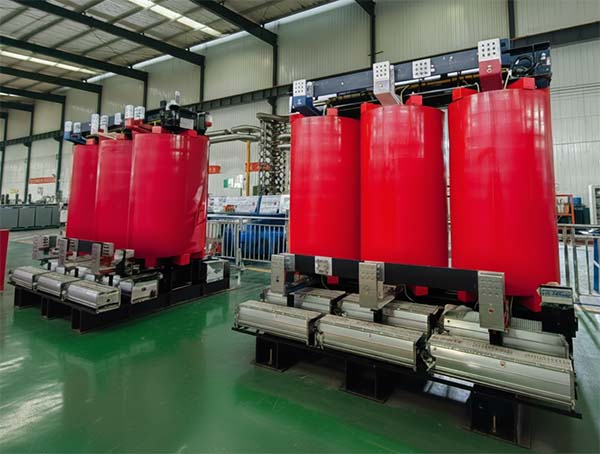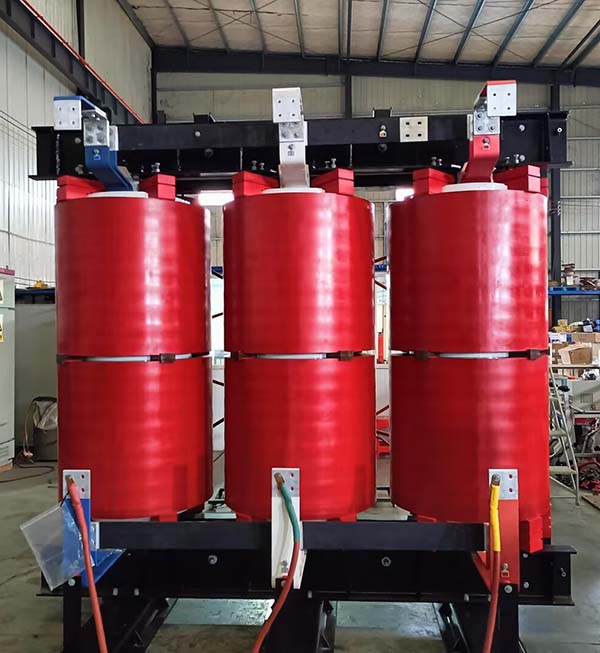Medium voltage Three phase Dry-type transformers play a vital role in modern electrical networks, offering a safe and efficient alternative to oil-immersed units in many applications. dry type transformer not oil insulation, which reduces fire risk and environmental hazards. From renewables🍃 to industry🏭, infrastructure🏗️, and utilities, Varelen stands ready to tackle the demands of today’s advanced power networks.

However, there are a common question : Are there environments where dry-type transformers cannot function effectively? dry-type power transformers can be engineered for nearly every environment, but their suitability depends on specific operating conditions. its due to temperature extremes, corrosive atmospheres, vibration, and altitude. these factors affects transformer reliability, performance, and lifespan, requiring careful design adjustments.
Extreme envirnmental Temperatures: Dry-type power transformers can be designed to operate in extreme temperatures but may require a specific cooling design and high an low temperature insulation system.
our factory customized 25MVA dry type transformer at -60℃(C5, E4, F1)
| Insulation Class | Maximum Operating Temp | Common Applications |
|---|---|---|
| Class A | 105°C | General low-load use |
| Class B | 130°C | Light industrial |
| Class F | 155°C | Heavy industrial |
| Class H | 180°C | Harsh/high-heat zones |
| Class C | 220°C | Specialized extreme |

Corrosive Environments: Some dry-type transformers are not designed to resist corrosive environments, such as those found in chemical or saltwater environments. need design corrosion-resistant materials or specialised coatings may be required as well as custom designed enclosures
Marine environments: Salt-laden air accelerates corrosion of cores and windings. Custom enclosures with stainless steel or marine-grade coatings provide protection. our factory can supply salt spray test.
Severe Vibration: Dry-type transformers are designed to withstand some level of vibration, but severe vibrations can cause structural damage and impact performance. In applications with severe vibration, design and manufacturing special transformers according to your requirements.
High Altitude: Dry-type transformers are designed to operate at 1000MASL as a standard, and high altitudes can impact their performance. if your project requiremetns is high-altitude environments , you can contact technical team get a solutions.
| Altitude (MASL) | Standard Rating Impact | Required Adaptation |
|---|---|---|
| 0–1000 | No impact | Standard design works |
| 1000–2000 | Slight derating needed | Improved ventilation |
| 2000–3000 | Moderate derating | Higher insulation strength |
| 3000-5000 | Significant derating | Special design mandatory |
Another condition is high humidity. Moisture can condense on insulation surfaces, leading to tracking and partial discharges.
To counter this:
Install dehumidifiers or space heaters in enclosures.
Use cast resin transformers, which provide excellent moisture resistance.
Opt for sealed enclosures in tropical or coastal climates.
In some scenarios, off-the-shelf solutions will not suffice. Transformer manufacturers, such as Varelen, design custom dry-type units to match demanding conditions. Customization may include:
Special winding insulation (Class H or higher).
Marine-grade enclosures.
Vibration isolation mounts.
Heaters for cold-weather operation.
Cooling systems for desert installations.
Dry-type transformers are specially designed for use in high humidity, high altitude and and harsh environmental conditions.
dry-type transformers can be applied in any environment, but practical conditions dictate design and performance limitations. temperatures, corrosive atmospheres, vibration, high altitudes and humidity, exposure all pose significant challenges.
Varelen offer customization solutions, dry-type transformers remain adaptable and reliable. our factory electrical engineers to ensure that the selected transformer not only meets technical requirements but also withstands long-term environmental stress.